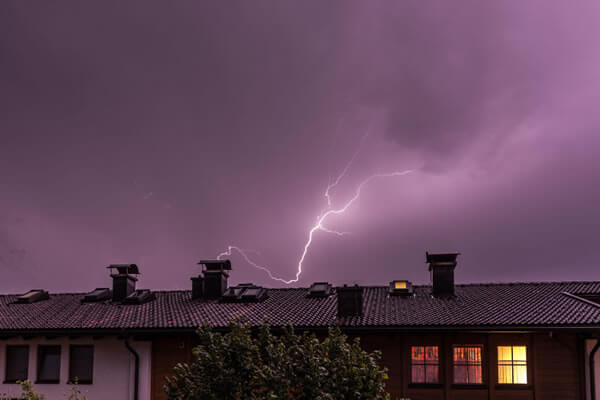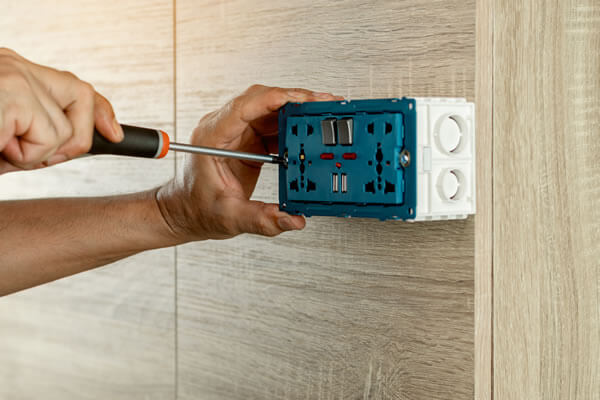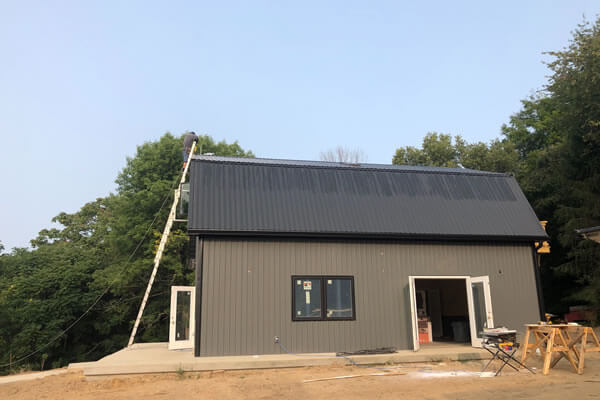Do you need a Surge Protector for lightning protection?
Surge protectors can provide a certain level of protection against voltage spikes caused by lightning, but they are not the primary or best method for lightning protection. Electronic devices can be protected by surge protectors from lower voltage surges that can happen during routine electrical use or tiny electrical disruptions.
Additional precautions are required for complete lightning protection. Because lightning is such a potent and unpredictable natural occurrence, it calls for a more robust and specialized approach to lightning protection.
Components of Lightning Protection System
The following are some crucial elements of a thorough lightning protection system:
-
Lightning Rods:
Also known as air terminals or lightning conductors, lightning rods are installed on the highest points of buildings and structures to attract lightning strikes. When a lightning rod is struck, it provides a safe path for the electrical current to travel through conductors and into the ground, thus protecting the structure and its contents from direct damage.
-
Grounding System:
The lightning protection system should include an effective grounding network that facilitates the dissipation of lightning currents into the ground. This ensures that the lightning energy is safely dispersed away from the structure.
-
Surge Protection Devices (SPDs):
While surge protectors at the point of use (such as for electronic devices) are beneficial, SPDs are also installed at the main electrical service entrance to protect the entire electrical system of a building from external surges caused by lightning strikes on power lines.
-
Bonding and Shielding:
Bonding involves connecting all metal components of a structure to create a continuous conductive path. This prevents potential differences between metal objects, reducing the risk of dangerous arcing. Shielding refers to the use of metal conductors or screens to protect sensitive electronic equipment from electromagnetic interference caused by lightning.
-
Proper Installation:
Lightning protection systems must be installed following industry standards and guidelines, such as those provided by the National Fire Protection Association (NFPA) and the Lightning Protection Institute (LPI).
It’s crucial to remember that no method can completely guarantee protection from all lightning strikes. However, the risk of damage from direct lightning strikes and the ensuing surges can be greatly diminished by a properly designed and fitted lightning protection system. A skilled professional must be consulted if you reside in a region where thunderstorms and lightning are common in order to assess the lightning danger and create an effective lightning protection system for your home.



Florida based lightning protection company Coastal Lightning Rods offers design, installation, test and maintenance of lightning and surge protection and earthing systems. We ensure you that our installation of a lightning protection system on your property will be of the highest standard. We provide lightning protection services throughout the state of Florida, entire South East, Gulf Coast and Atlantic Coast. We also provide lightning protection in Alabama, South Carolina, Louisiana, Florida, Mississippi, Tennessee and beyond.
